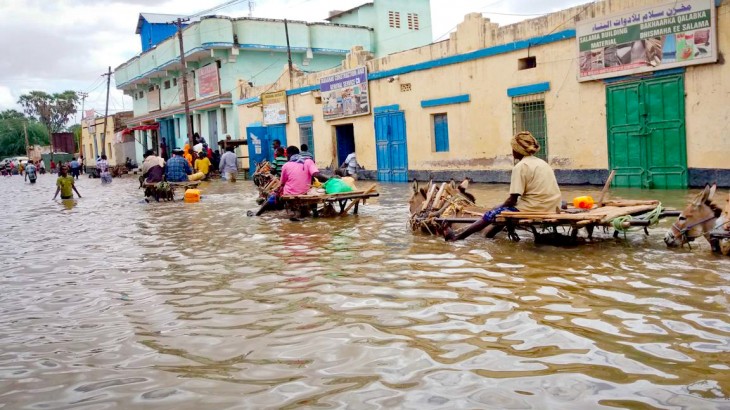
News and Media

Drivers and impacts of Eastern African rainfall variability

Rainfall variability in Eastern Africa is associated with considerable social and environmental impacts, including threats to water, energy and food security. Latest NCEO-led research outlines the drivers of this rainfall variability, their corresponding impacts, and potential future changes with anthropogenic warming.
Eastern Africa experiences some of the most extreme rainfall variations on Earth, which have profound socio-economic impacts. In this NCEO-led review, scientists synthesize understanding of observed changes in seasonal regional rainfall, its global to local forcings, the expected future changes and the associated environmental impacts.
Rainfall in Eastern Africa is split between long rains (March–May) and short rains (October–December). Since the early 1980s, the long rains have got dryer, despite some recovery in 2018 and 2020. Meanwhile, the short rains have got wetter. These trends, overlaid by substantial year-to-year variations, impact the severity and frequency of extreme flooding and drought events, the stability of food and energy systems, the susceptibility of water-borne and vector-borne (‘bloodsucking’ insect) diseases and ecosystem stability.
Increased rainfall over Eastern Africa
Climate models are uncertain but there is some consensus that a warming climate will increase rainfall over Eastern Africa. They also suggest that by 2030-2040 the short rains will deliver more rainfall than the long rains.
These future changes will have implications for sustaining agricultural yields and triggering climate-related public health emergencies. Minimising the humanitarian and economic impacts of future East African climate will require massive-scale investment in infrastructure and decadal planning strategies.
Mitigating the impacts of future Eastern African climate requires continued investments in agriculture, clean water, medical and emergency infrastructures, and development and adoption of adaptation strategies, as well as targeted early-warning systems driven by improved meteorological observations.
Download the research paper
Read the full review Drivers and impacts of Eastern African rainfall variability in Nature Reviews Earth & Environment.
Latest News and Events





